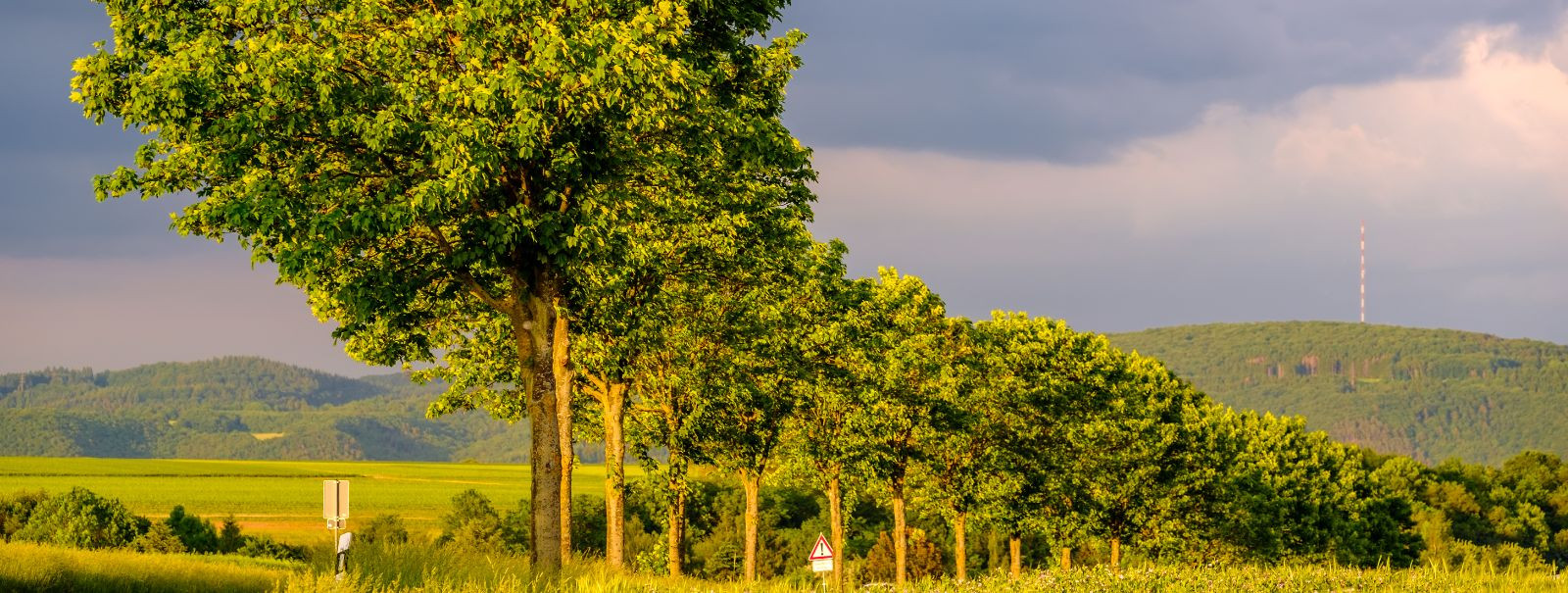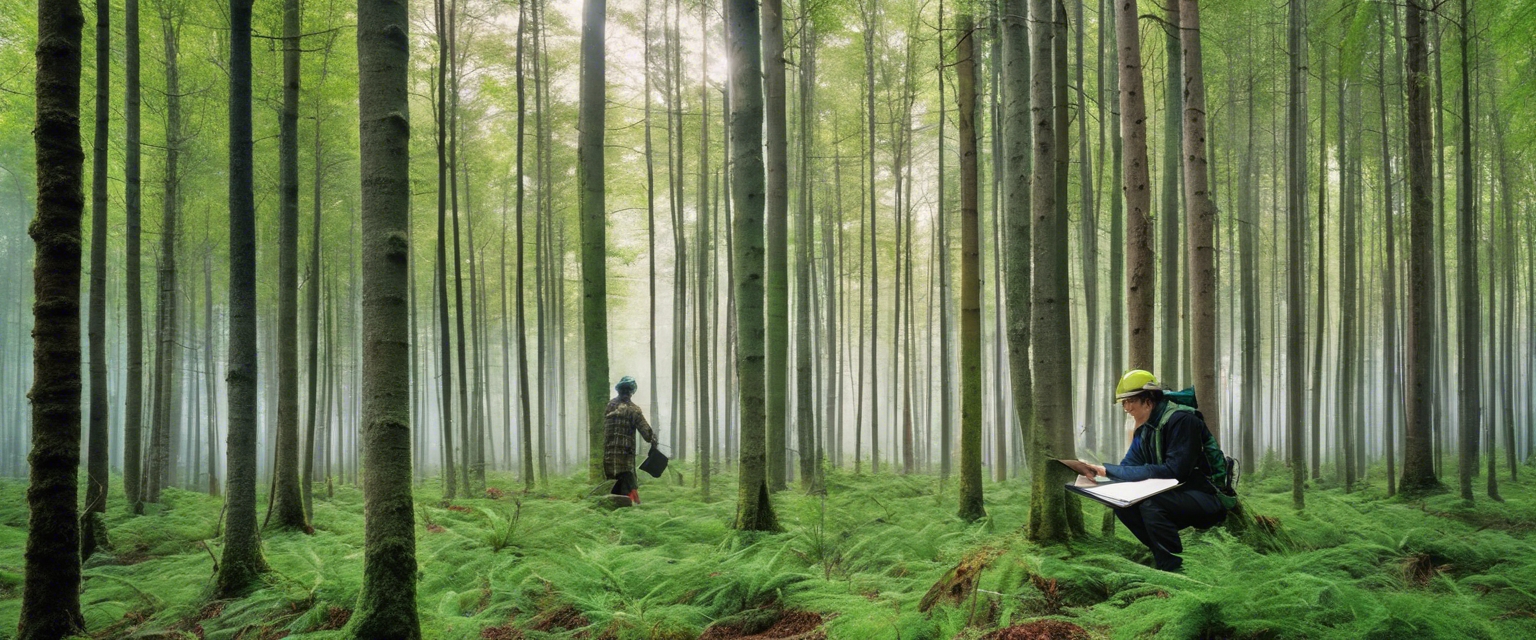The role of reforestation in climate change mitigation
Climate change is a pressing global issue characterized by rising temperatures, shifting weather patterns, and increasing levels of greenhouse gases in the Earth's atmosphere. Human activities, particularly the burning of fossil fuels and deforestation, are significant contributors to these changes.
Reforestation involves the natural or intentional restocking of existing forests and woodlands that have been depleted, with native tree species. It is a critical ecological process that can restore degraded landscapes, enhance biodiversity, and contribute to climate change mitigation.
The Impact of Reforestation on Climate Change
Trees absorb carbon dioxide (CO2), a major greenhouse gas, from the atmosphere during the process of photosynthesis, storing carbon in their biomass and soil. Reforestation increases the number of trees, thereby enhancing the capacity of forests to sequester carbon and mitigate climate change.
Reforestation helps in the restoration of ecosystems by providing habitat for wildlife, maintaining water cycles, and preventing soil erosion. Healthy forests support a wide range of ecosystem services that are vital for climate regulation.
The albedo effect refers to the reflectivity of the Earth's surface. Forested areas typically have a lower albedo than deforested areas, meaning they absorb more sunlight and can potentially contribute to local cooling, further influencing climate regulation.
Reforestation Strategies and Methods
Planting native tree species is crucial for maintaining the ecological integrity of the region. Native trees are more likely to thrive and support local wildlife, contributing to the overall success of reforestation efforts.
Assisted natural regeneration (ANR) is a cost-effective strategy that accelerates the natural recovery process by protecting and nurturing the existing vegetation. ANR can lead to more resilient forest ecosystems.
Urban reforestation involves planting trees in cities and towns to improve air quality, reduce urban heat islands, and provide recreational spaces for communities. It also contributes to the overall reduction of atmospheric CO2 levels.
Challenges and Considerations in Reforestation
Despite the benefits of reforestation, ongoing deforestation due to agricultural expansion, logging, and urbanization continues to pose significant challenges to global forest recovery efforts.
Climate change can affect the survival and growth of tree species. Selecting species that are adaptable to changing climate conditions is essential for the success of reforestation projects.
Socioeconomic factors, such as land rights, economic incentives, and community engagement, play a crucial role in the implementation and sustainability of reforestation initiatives.
Global Reforestation Efforts and Policies
International agreements, such as the Paris Agreement, and global initiatives like the Bonn Challenge, aim to restore deforested and degraded land, contributing to climate change mitigation and sustainable development.
National governments are implementing policies and providing incentives to encourage reforestation. These may include grants, tax benefits, and technical support for landowners and organizations engaged in reforestation activities.
Community involvement is key to the success of reforestation projects. Educating local communities about the benefits of forests and involving them in reforestation efforts ensures long-term commitment and conservation.






Comments (0)